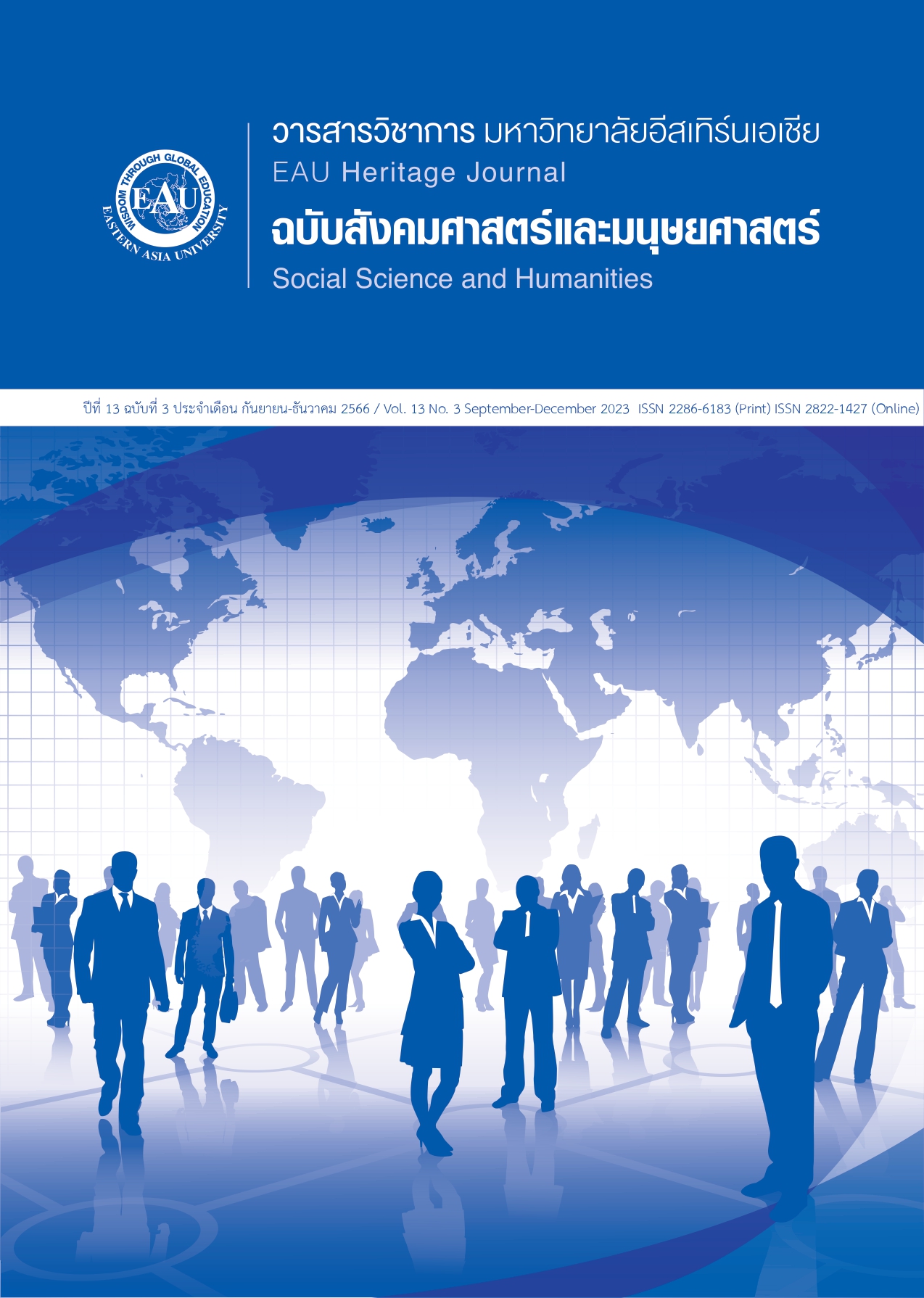Aircraft Accidents in Commercial Aviation Part 3 Contemporary Aviation Safety Management Model
Keywords:
aviation safety, aviation safety management system, strength, limitationAbstract
This article presents aviation safety management models in the 21th century, the discussion of approaches and elements, together with the analysis of their advantages and disadvantages. The discussion models are ICAO’s SMS, BBS and US NASA’s ITASM. However, the most well-accepted model in aviation industry is ICAO’s SMS because of its standard and element attention comparing to the other two models. Nevertheless, there is some limitations on SMS’s mandatory regulations. While BBS is strengthened by its voluntarily participation but limited by its standards. Yet, the last models, IASMS has a full strength of actions based on real-time data but limited on the readiness of personnel. In summary, SMS is clearly a proper model for commercial aviation, meanwhile the sustainability and success of the safety system depends on the policy, vision, and commitment of administrators.
References
เอกสารอ้างอิง
สถาบันส่งเสริมความปลอดภัย อาชีวอนามัย และสภาพแวดล้อมในการทำงาน. (2562). BBS: พฤติกรรมความปลอดภัย
แบบไทย ๆ แบบไหนดี. สสปท. ค้นจาก https://www.tosh.or.th/index.php/blog/item/571-bbs
Air Traffic Organization & Federal Aviation Administration. (2018). Establishing and Maturing a Safety Management System. Federal Aviation Administration. Retrieved from https://www.icao.int/NACC/Documents/Meetings/2018/SMSANSP/SMSxANSP-P05.pdf
Al-Hemoud, A. M., & Al-Asfoor, M. M. (2006). A behaviour based safety approach at a Kuwait research institution. Journal of Safety Research, 37(2), 201–206. https://doi.org/10.1016/j.jsr.2005.11.006
Aviation Safety Assurance Committee. (2018). In-Time Aviation Safety Management: Challenges and Research for an Evolving Aviation System (p. 24962). National Academies Press. https://doi.org/10.17226/24962
Britton, T. (2022, September 7). 4 Management Failures That Kill Aviation SMS Implementations. SMS Pro Aviation Safety Software. Retrieved from http://aviationsafetyblog.asms-pro.com/blog/aviation-risk-management-programs-failures
Cassens, R. E. (2015). The Effectiveness of Behaviour-based Safety in the Flight Training Environment. [Purdue University]. Retrieved from https://core.ac.uk/download/pdf/220145899.pdf
Civil Air Navigation Services Organization. (2008). OD-10-Safety Culture Definition and Enhancement Process. Retrieved from https://www.icao.int/NACC/Documents/Meetings/2018/ASBU18/OD-10-Safety%20Culture%20Definition%20and%20Enhancement%20Process.pdf
Civil Aviation Safety Authority Australia. (2019). Safety behaviours: Human factors for pilots 2nd edition Resource booklet 1 Introduction. Retrieved from https://www.casa.gov.au/sites/
default/files/2021-05/safety-behaviours-human-factor-for-pilots-1-introduction.pdf
Det Norske Veritas. (2015, December 1). Behaviour Based Safety: The right way to safety! DNV. Retrieved from https://www.dnv.com/news/behaviour-based-safety-the-right-way-to-safety--52968
Dudin, M. N., Frolova, E. E., Gryzunova, N. V., & Borisovna, E. (2015). The Deming Cycle (PDCA) Concept as an Efficient Tool for Continuous Quality Improvement in the Agribusiness. Canadian Center of Science and Education. Retrieved from https://citeseerx.ist.psu.edu/
viewdoc/download?doi=10.1.1.960.3470&rep=rep1&type=pdf
Ellis, K., Prinzel, L., Krois, P., Davies, M., Oza, N., Mah, R., Stephens, C., Vincent, M., de Regt, J., Kirkman, D., Moch-Mooney, D., Ackerson, J., & Infeld, S. (2023). Concept of Operations for an In-time Aviation Safety Management System (IASMS) for Upper E Airspace. AIAA Sci Tech 2023, National Harbor, Maryland. Retrieved from https://ntrs.nasa.gov/api/citations/
/downloads/AIAA%20Sci%20Tech%202023%20-%20IASMS%20for%20Upper%20E%20Class%20Airspace%20Final_Submitted.pdf
Fleming, M., & Lardner, R. (2001). Best practice in behaviour-based safety. 148.
ICAO. (2018). Safety Management Manual (4th ed.). Retrieved from https://www.skybrary.
aero/bookshelf/books/5863.pdf
ICAO. (2019). Annex 19 Safety Management (2nd Ed.). Retrieved from https://caainternational.com/
wp-content/uploads/2018/05/AN19_2ed-publication.pdf
ICAO. (2020). ICAO Safety Report 2020. Retrieved from https://www.icao.int/safety/Documents/
ICAO_SR_2020_final_web.pdf
Irish Health and Safety Authority. (2013). Behaviour-Based Safety Guide. Irish Health and Safety Authority. Retrieved from https://www.hsa.ie/eng/publications_and_forms/publications/
safety and health management/behaviour_based_safety_guide.pdf
Japan Industrial Safety and Health Association--JISHA. (2021). Concept of “Zero-accident Total Participation Campaign.” JISHA. Retrieved from https://www.jisha.or.jp/english/
zero_accident.html
Kaila, H. L. (2013). Behaviour Based Safety in Organizations: A Practical Guide. I. K. International Pvt Ltd.
Krause, T. R. (1997). The behaviour-based safety process: Managing involvement for an injury-free culture (2nd ed.). John Wiley & Sons.
SKYbrary. (2023). Safety Management System. SKYbrary Aviation Safety. Retrieved from https://www.skybrary.aero/articles/safety-management-system
US Department of Transportation. Federal Motor Carrier Safety Administration. (2000). The Potential Application of Behaviour-Based Safety in the Trucking Industry (FMCSA-MCRT-00-009). Retrieved from https://doi.org/10.21949/1502918
แปลเอกสารอ้างอิง
สถาบันส่งเสริมความปลอดภัย อาชีวอนามัย และสภาพแวดล้อมในการทำงาน. (2562). BBS: พฤติกรรมความปลอดภัย
แบบไทย ๆ แบบไหนดี. สสปท. ค้นจาก https://www.tosh.or.th/index.php/blog/item/571-bbs
Institute for Promotion of Occupational Safety, Health and Working Environment. (2019). BBS: Security Behaviour. Which kind of Thai style is good? NESDB. Retrieved from https://www.tosh.or.th/index.php/blog/item/571-bbs





